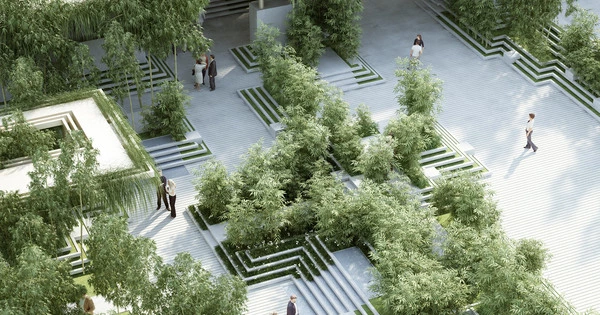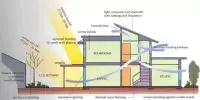The design of outdoor places, landmarks, and structures to fulfill environmental, social-behavioral, or aesthetic goals is known as landscape architecture. It is a multidisciplinary field concerned with the design of outdoor environments such as parks, gardens, public areas, and private landscapes. It entails the planning, design, and management of outdoor areas in order to produce useful, aesthetically pleasing, and sustainable environments that increase people’s quality of life while also enhancing the natural environment.
The scope of the profession is broad and can be subdivided into several sub-categories including professional or licensed landscape architects who are regulated by governmental agencies and possess the expertise to design a wide range of structures and landforms for human use; landscape design that is not a licensed profession; site planning; stormwater management; erosion control; environmental restoration; public realm, parks, recreation, and urban planning; visual resource management; green infrastructure planning and provision; and private estate and residence landscape master planning and design; all at varying scales of design, planning and management.
A landscape architect is a practitioner in the profession of landscape architecture; however, in jurisdictions where professional licenses are necessary, landscape architects are frequently only those who hold a landscape architect license.
Here are some key aspects and elements of landscape architecture:
- Site Planning: Landscape architects begin by analyzing the qualities of the site, such as terrain, soil, climate, vegetation, and existing infrastructure. They take these aspects into account while making design and layout decisions.
- Design Principles: Landscape architects construct visually beautiful and practical outdoor settings by applying design principles such as balance, unity, scale, proportion, and rhythm. They also analyze the site’s cultural and historical setting.
- Planting Design: The selection and arrangement of plants are essential in landscape architecture. Landscape architects choose appropriate plant species based on factors such as climate, soil conditions, maintenance requirements, and the desired aesthetic.
- Hardscape Design: Hardscape elements like pathways, walls, patios, and water features are integrated into the design to provide structure and functionality to outdoor spaces.
- Sustainability: Sustainable design practices are central to modern landscape architecture. This includes water-efficient landscaping, the use of native plants, reducing waste, and promoting biodiversity.
- Accessibility: Landscape architects ensure that outdoor spaces are accessible to all, including people with disabilities, by incorporating universal design principles.
- Recreation and Functionality: Designing for recreation and functionality is another key aspect. This can include designing playgrounds, sports fields, seating areas, and other amenities.
Project Management
Landscape architects supervise the implementation of their ideas, collaborating with contractors, engineers, and other specialists to ensure that the project is executed according to the design standards.
Landscape architects play an important role in developing habitats that are not only attractive but also environmentally sustainable, socially inclusive, and functionally effective. They work in a number of settings, including private practices, government agencies, and development corporations, and their projects can range from modest personal gardens to large-scale public parks and urban planning projects.
















